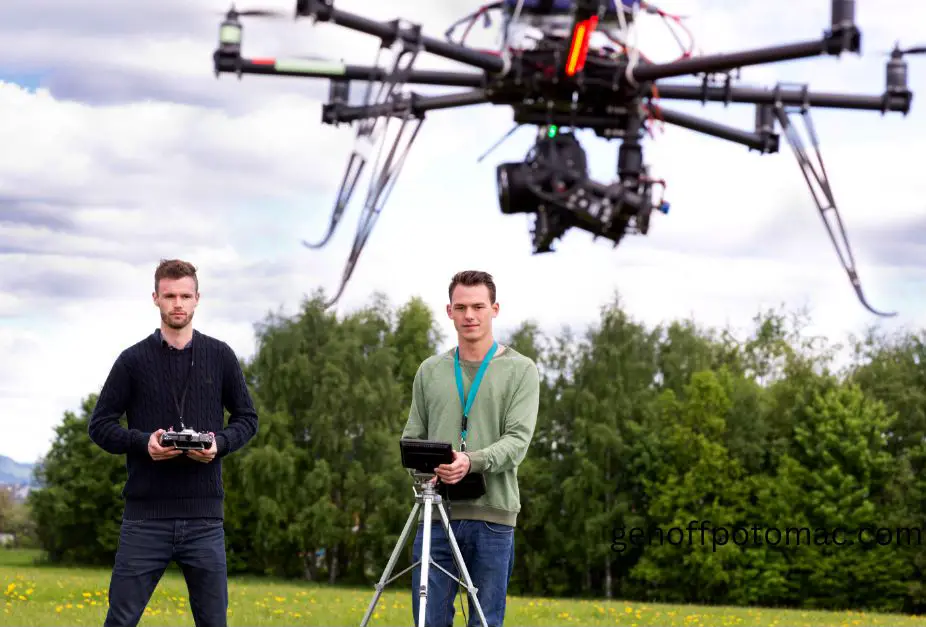
How to Start a Drone Photography Business
How to Start a Drone Photography Business? Drone photography has exploded in popularity, offering breathtaking perspectives and adding a touch of magic to weddings, real estate, events, and beyond. But how do you translate your passion into a profitable business? Buckle up, future pilot, because this comprehensive guide will equip you with the knowledge and resources to launch your dream venture.
Ground Control: Navigating Regulations and Legalities
Before taking flight, familiarize yourself with the rules of the sky. Most countries have drone regulations, like the FAA Part 107 in the US. Obtain a license, register your drone, and stay updated on evolving regulations. Ignoring them can lead to hefty fines and grounded dreams.
Gear Up: From Buzzworthy Drones to Editing Essentials
Invest in a quality drone that suits your budget and desired shots. Research popular models like DJI Mavic or Autel Evo, factoring in camera resolution, range, and flight time. Don’t neglect editing software like Adobe Lightroom or Photoshop – transforming raw footage into captivating visuals is crucial.

Sharpen Your Skills: From Pilot Ace to Photography Maestro
Master drone piloting through practice and online courses. Hone your photography skills, exploring composition, lighting, and post-processing techniques. Remember, stunning visuals are your currency, so invest in continuous learning.
Find Your Niche: Where Your Drone Takes Center Stage
Serving a particular niche makes you stand out. Consider real estate shoots showcasing stunning properties, breathtaking wedding captures, or event coverage with a unique aerial perspective. Specializing allows you to tailor your skills and marketing to resonate with the right clients.
Build Your Nest: Branding, Websites, and Marketing Strategies
Craft a brand identity that reflects your style and niche. Design a user-friendly website showcasing your portfolio, services, and testimonials. Leverage social media platforms like Instagram and Facebook to build a community, share captivating drone footage, and engage potential clients.
Price for Profit: Crafting Competitive Packages
Research competitor pricing while factoring in your skills, equipment, and target audience. Offer package deals and customized pricing for different project types. Remember, competitive pricing doesn’t mean undervaluing your expertise – find the sweet spot for sustainability.
Take Flight: Networking, Marketing, and Booking Clients
Network with local businesses, real estate agents, and event planners. Collaborate with other photographers or videographers to offer comprehensive packages. Attend industry events to connect and showcase your work. Remember, consistent marketing and outreach are key to building a clientele.
Safety First: Weathering the Storms of Drone Operations
Safety is paramount. Always prioritize weather conditions and avoid flying in strong winds or rain. Pre-flight checks, following regulations, and maintaining a clear line of sight with your drone are essential for safe and successful operations.
From Passion to Profit: Building a Sustainable Business
Focus on delivering exceptional customer service. Be prompt, reliable, and open to client feedback. Invest in liability insurance to protect your business and build trust with your clients. Stay organized with contracts, invoices, and efficient project management.
Keep Soaring: Adapting and Evolving in the Dynamic Drone World
Technology evolves rapidly, so staying updated on the latest drone models, software advancements, and industry trends is crucial. Consider offering additional services like videography or 360° panoramas to expand your offerings. Be adaptable and embrace learning to stay ahead of the curve.
Drone Photography License
The captivating images from drones have redefined aerial photography, but navigating the legalities can feel like flying through restricted airspace. Fear not, aspiring drone photographers! Unlocking the full potential of your drone starts with understanding your licensing needs.
Firstly, ditch the term “drone photography license.” The official FAA certificate is a Remote Pilot Certificate (RPC), earned by passing the Part 107 knowledge test. This covers essential safety rules, airspace restrictions, and operational limitations. Think of it as your drone operating permit, valid for two years.
Secondly, identify your flight purpose. Hobbyists flying for fun within recreational limits (think parks, backyards) don’t need an RPC. But if you’re capturing stunning real estate visuals, showcasing landscapes for clients, or even documenting weddings from above, you’re operating commercially and an RPC is mandatory.
This just covers the federal level. Local laws and regulations might add another layer, so research your specific area. It’s always wise to consult the FAA’s interactive airspace map to identify no-fly zones and temporary restrictions before every flight.
The sky’s the limit for drone photography, but mastering the licensing terrain is crucial. By obtaining your RPC and staying informed about regulations, you can confidently chase those breathtaking aerial shots, knowing you’re flying with both skill and compliance. So, buckle up, take off, and capture the world from a whole new perspective, all while remaining a responsible pilot in the ever-evolving drone ecosystem.
Last Words
I’m sure that question is “How to Start a Drone Photography Business” answer perfectly get you, launching a successful drone photography business requires dedication, passion, and a healthy dose of entrepreneurial spirit. By following these steps, staying grounded in regulations and safety, and continuously honing your skills, you can transform your vision into a thriving venture that takes you to new heights.





